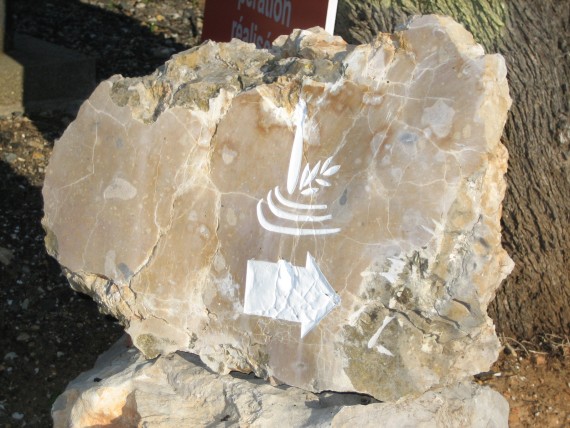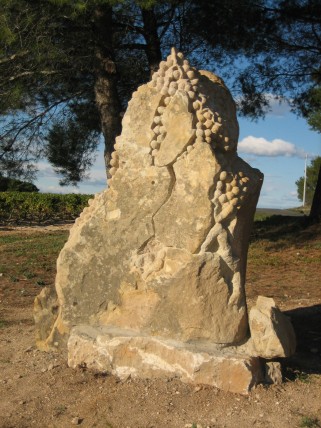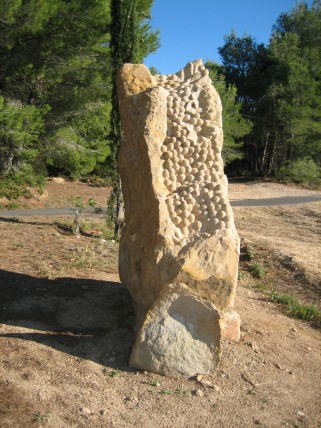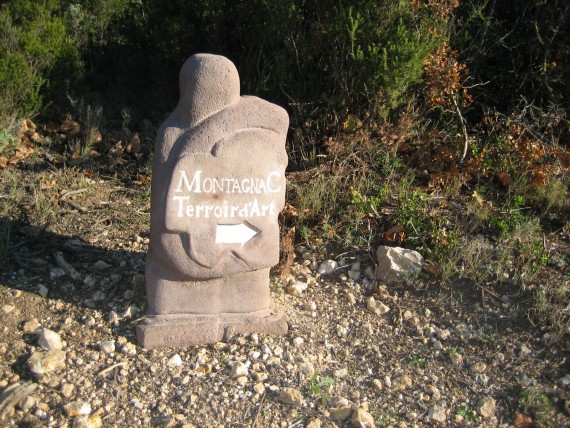Archive for 'Picpoul'
I love white wines. From a strictly winemaking point of view I think that making white wine is perhaps the most challenging….OK, you know what I mean…making REALLY GOOD white wine. My hand’s on experience is with full throttle “Burgundian” style chardonnay from California’s Russian River and Knight’s Valleys. (By “Burgundian” I mean wines made with techniques borrowed from the original chardonnay greats of Burgundy.) Grapes grown in these two Sonoma County appellations are from relatively cooler climates (within Northern California), grapes that are historically picked a bit later (in particular Knight’s Valley in late October), with livelier acidity, and in addition to the fruit a mineral quality that adds up to something special. California chardonnay has been beaten up badly over the past five to ten years and for good reason. BUT, there are examples that can share an honorable table with any.
Having said that, my tastes have migrated over the years (thank you David!) to the fully mature fruit driven wine that never slips into a barrel, but forever must wear its ripe varietal character. These are whites that are crisp and alive. They are hard to find because frankly there is limited economic potential for this style and for the most part they are best enjoyed in their youth. An interest in grape varieties that excel in this straight forward style lead us to a trip to north west Spain in spring 2009 that was a research project in Spanish white varieties. Included were Albariño, Godello, Hondarrabi Zuri (the sensational crisp, low alcohol, slightly spritzy wine from the Basque Country), Verdejo, Viura, and more.
This is all a lead up to picpoul. Piquepoul or picpoul is the name of the grape and Picpoul de Pinet is the name of the appellation that is the lead statement for this variety. The appellation is part of the Languedoc but closer in proximately to the Mediterranean. Surprisingly soils are not just sand, but include lots of rocks on many sites. The garrigue has its own personality. The name picpoul means “stinging lips” as a reference to the high acidity. The wines live up to this lively, vivacious style; loads of acid, rich in texture. Only a handful make it into the states. There is one Picpoul made in the USA as far as I know and that is from McCrea in Washington State. I have not tasted it.
Sunday seemed like the perfect day for picpoul and some seaside, fishy experience. I set out with the idea of heading to the sea for lunch and then “back around” to the appellation. It happened just the opposite. Lunch in Pézenas was absolutely out of this world. Thankfully one can diet when they die. I started with a breast of chicken smothered in a sauce of fois gras. This is not so unusual here, but still feels like the ultimate savory indulgence. As if this were not enough I had to ask (just because I can!) for une petite assiette de fromage (small plate of cheese). Then, and only because it was Sunday I insisted on a dessert that included chocolate. You can see for yourself the multi layered chocolate/mousse/custard/ cake that I devoured….oh, did I mention that it was swimming in a pool of crème anglaise??
And of course, this discourse was washed down with a lovely, dry, bright, palate cleansing 2009 Picpoul.
The afternoon was spent wandering through the vineyards of the appellation ending in a visit with St. Martin de la Garrigue , an old favorite.
Then I made it to the sea.
















